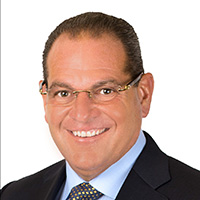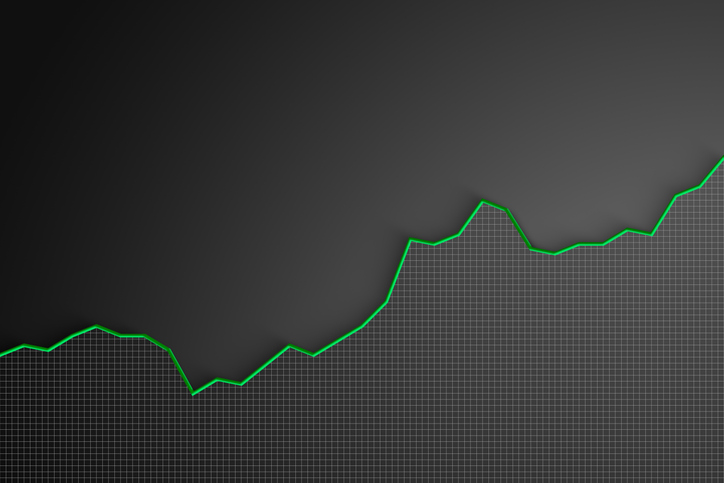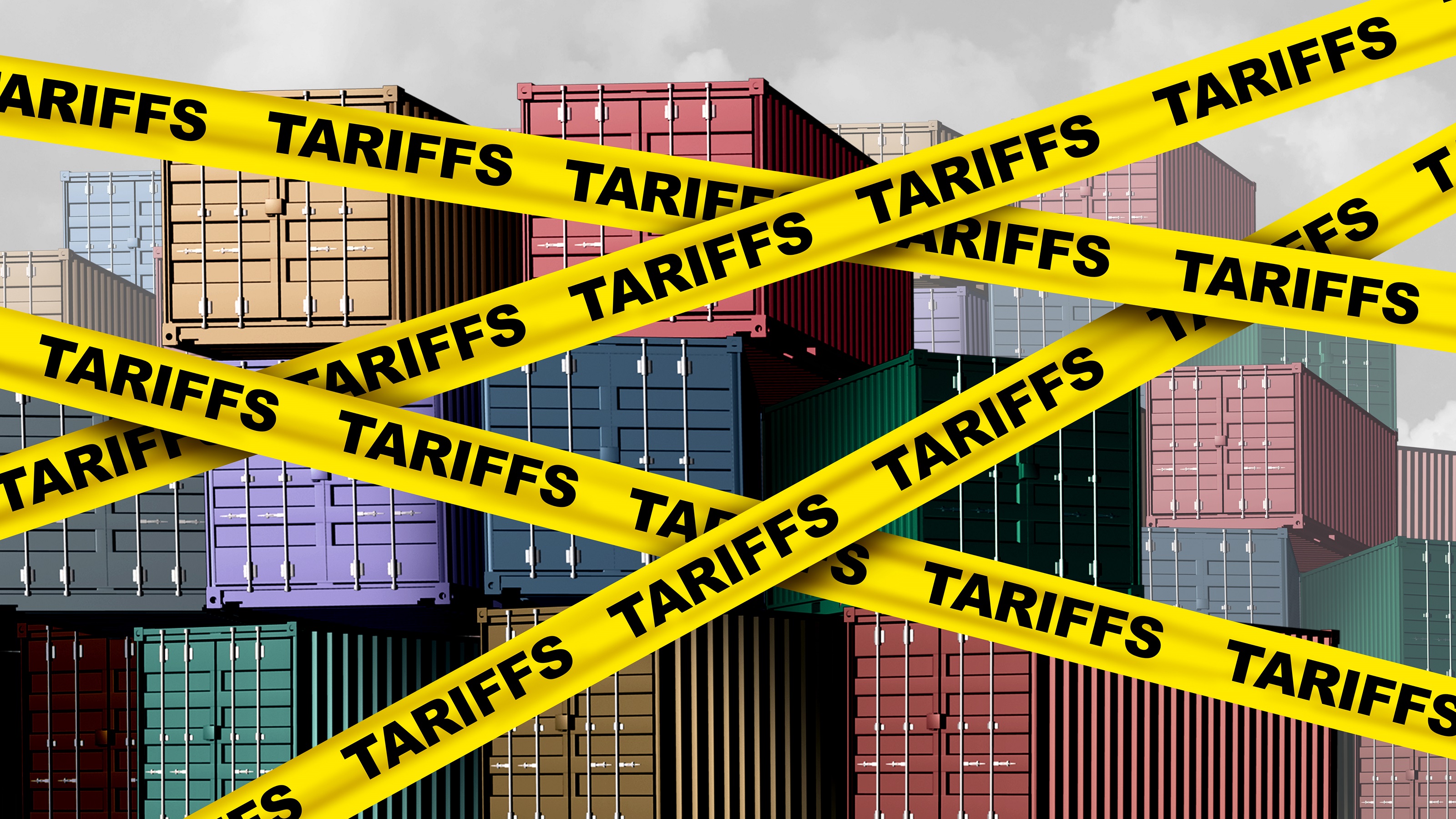Is Your Retirement Income in Peril of This Risk?
Retirees need to be aware of the threats that can damage their retirement income ... including sequence of returns.

As 2007 drew to a close, many Americans eagerly anticipated their upcoming retirement dates. After all, roughly 10,000 Baby Boomers retire daily. But by the end of 2008, many of the people who did decide to retire that year probably wished they hadn’t.
The S&P 500 fell 37% over the course of the year, significantly eroding their retirement savings and digging them into a hole that would be tough to climb out of.
This experience illustrates the perils of sequence of returns risk, which occurs when the market’s returns at a specific time are unfavorable, even if that volatility averages out into favorable returns during the long term.

Sign up for Kiplinger’s Free E-Newsletters
Profit and prosper with the best of expert advice on investing, taxes, retirement, personal finance and more - straight to your e-mail.
Profit and prosper with the best of expert advice - straight to your e-mail.
This type of risk is particularly devastating to retirees when it occurs early in retirement. That’s why people need to be aware of a number of factors as they contemplate retirement, including how sequence of returns risk works, the market backdrop during the run-up to retirement and retirement income strategies that can counteract this risk.
How This Risk Factor Works
Both investors and advisers tend to consider market returns in terms of averages. Averages smooth out volatility and show how investments perform over time.
Investors usually are advised to ignore market volatility and focus on long-term returns. Generally, this is a good strategy, because moving in and out of stocks based on short-term ups and downs in the market can put your money at more risk. That’s because most investors trying to time the market end up missing gains when the market recovers.
However, individual investments and portfolios don’t move up and down based on market averages. They rise and fall based on daily market movements. That’s where this type of risk comes in. An investment portfolio must have time to benefit from long-term gains, especially in retirement. Research shows that when investment losses take place early in retirement, it can be difficult for a retiree’s portfolio to recover.
Sequence of Returns Example
Let’s return to the example of the market drop in 2008 to illustrate how the order in which investment returns occur impacts an actual investment portfolio. Consider the example of a retired couple with $1 million in investments, with 60% of that invested in the stock market and 40% in the bond market. We’ll use the S&P 500 for the stock market portion and the S&P U.S. Aggregate Bond Index as a proxy for the bond market. When the market falls early in retirement, this couple takes a nearly $200,000 hit right off the bat.
| Header Cell - Column 0 | Jan. 1, 2008 balance | 2008 return | Dec. 31, 2008 |
|---|---|---|---|
| 60% stock market | $600,000 | -37.00% | $378,000 |
| 40% bond market | $400,000 | 5.70% | $422,800 |
| Total | $1 million | Row 2 - Cell 2 | $800,800 |
| 4% yearly withdrawal | Row 3 - Cell 1 | Row 3 - Cell 2 | $32,032 |
Let’s contrast Table 1 with a scenario in which favorable returns, Table 2, occurred instead. These favorable returns work in a retiree’s favor and manifest themselves in a situation where the stock market climbed in the first year of retirement. This table shows how the portfolio would have performed if the stock market portion rose and the bond market portion declined by the same percentages as in the earlier example.
| Header Cell - Column 0 | Initial balance | Return | End balance |
|---|---|---|---|
| 60% stock market | $600,000 | 37.00% | $822,000 |
| 40% bond market | $400,000 | -5.70% | $377,200 |
| Total | $1 million | Row 2 - Cell 2 | $1,199,200 |
| 4% yearly withdrawal | Row 3 - Cell 1 | Row 3 - Cell 2 | $47,968 |
The difference between the portfolios is nearly $400,000, or 40%. The impact on a 4% withdrawal rate from that portfolio, used for retirement income spending, is startling. The couple in the first example has $32,032 to spend, while the couple in the second example has $47,968 to spend, a nearly $16,000 difference.
Timing Your Retirement
Since there aren’t any crystal balls available, people can’t time the market and retire at just the right moment. However, there are some strategies financial advisers experienced with retirement income planning can implement to mitigate sequence of returns risks.
1. Planning for market downturns
Investors and retirement savers need to understand market dynamics. Anyone on the brink of retirement today is in a situation where the bull market entered its ninth year on March 9, which ranks as the second-longest bull market on record.
That doesn’t mean the market is ripe for a fall, but the length of the bull market is something to keep in mind. At times like these, those close to retirement should consider re-allocating assets toward investments that can provide guaranteed income in retirement and away from those that might fall in value when the bull market eventually ends.
2. Examine your asset allocation
Asset allocation involves spreading your investment dollars across different types of investment products. Changing your asset allocation positions your portfolio for a lower level of investment risk. Consider allocating more assets in retirement toward products and investments that provide guaranteed income so you can cover your expenses and enjoy your lifestyle.
3. Diversify your portfolio
Diversifying a portfolio among various asset classes helps hedge against the risk of a falling stock or bond market. For example, moving investments into sources of guaranteed income, such as annuities*, avoids losing investment value and income should the stock or bond market fall, providing less risk and a higher level of income.
4. Fill up your buckets
Finally, many retirement income financial advisers employ a “bucket” approach that allocates specific “buckets” of savings for specific purposes. Using that approach, a certain amount of money is set aside for ongoing income, future health care expenses, emergency expenses, capital expenses (a new car, for example) and other needs. Funds tagged for ongoing income, for instance, then would be placed in an investment that would be less subject to market risk and more likely to provide an ongoing income stream.
The Final Word for People Nearing Retirement
Consider your current retirement income plan and ask yourself this: Will it hold up against the pressure of sequence of returns? Consider incorporating financial vehicles that may help reduce the risk during your retirement.
Written in collaboration with Amy Buttell.
*Guarantees, including optional benefits, are backed by the claims-paying ability of the issuer, and may contain limitations, including surrender charges, which may affect policy values.
Securities and advisory services offered through Client One Securities LLC, member FINRA/SIPC and an Investment Adviser. Sawyer Wealth Management and Client One Securities are not affiliated. Member FINRA & SIPC.
Get Kiplinger Today newsletter — free
Profit and prosper with the best of Kiplinger's advice on investing, taxes, retirement, personal finance and much more. Delivered daily. Enter your email in the box and click Sign Me Up.

Charles W. Sawyer Jr. is the managing partner and founder of Sawyer Wealth Management and has been providing financial planning services for more than 30 years. His primary focus is working with pre-retirees, retirees and their families in the areas of financial planning and estate planning.
-
 Stock Market Today: Stocks Soar on China Trade Talk Hopes
Stock Market Today: Stocks Soar on China Trade Talk HopesTreasury Secretary Bessent said current U.S.-China trade relations are unsustainable and signaled hopes for negotiations.
By Karee Venema
-
 2026 Disney Dining Plan Returns: Free Dining for Kids & Resort Benefits
2026 Disney Dining Plan Returns: Free Dining for Kids & Resort BenefitsPlan your 2026 Walt Disney World vacation now. Learn about the returning Disney Dining Plan, how kids aged three to nine eat free, and the exclusive benefits of staying at a Disney Resort hotel.
By Carla Ayers
-
 SRI Redefined: Going Beyond Socially Responsible Investing
SRI Redefined: Going Beyond Socially Responsible InvestingNow that climate change has progressed to a changed climate, sustainable investing needs to evolve to address new demands of resilience and innovation.
By Peter Krull, CSRIC®
-
 Here's When a Lack of Credit Card Debt Can Cause You Problems
Here's When a Lack of Credit Card Debt Can Cause You ProblemsUsually, getting a new credit card can be difficult if you have too much card debt, but this bank customer ran into an issue because he had no debt at all.
By H. Dennis Beaver, Esq.
-
 Going to College? How to Navigate the Financial Planning
Going to College? How to Navigate the Financial PlanningCollege decisions this year seem even more complex than usual, including determining whether a school is a 'financial fit.' Here's how to find your way.
By Chris Ebeling
-
 Financial Steps After a Loved One's Alzheimer's Diagnosis
Financial Steps After a Loved One's Alzheimer's DiagnosisIt's important to move fast on legal safeguards, estate planning and more while your loved one still has the capacity to make decisions.
By Thomas C. West, CLU®, ChFC®, AIF®
-
 How Soon Can You Walk Away After Selling Your Business?
How Soon Can You Walk Away After Selling Your Business?You may earn more money from the sale of your business if you stay to help with the transition to new management. The question is, do you need to?
By Evan T. Beach, CFP®, AWMA®
-
 Two Don'ts and Four Dos During Trump's Trade War
Two Don'ts and Four Dos During Trump's Trade WarThe financial rules have changed now that tariffs have disrupted the markets and created economic uncertainty. What can you do? (And what shouldn't you do?)
By Maggie Kulyk, CRPC®, CSRIC™
-
 I'm Single, With No Kids: Why Do I Need an Estate Plan?
I'm Single, With No Kids: Why Do I Need an Estate Plan?Unless you have a plan in place, guess who might be making all the decisions about your prized possessions, or even your health care: a court.
By Cynthia Pruemm, Investment Adviser Representative
-
 Most Investors Aren't as Diversified as They Think: Are You?
Most Investors Aren't as Diversified as They Think: Are You?You could be facing a surprisingly dangerous amount of concentration risk without realizing it. Fixing that problem starts with knowing exactly what you own.
By Scott Noble, CPA/PFS